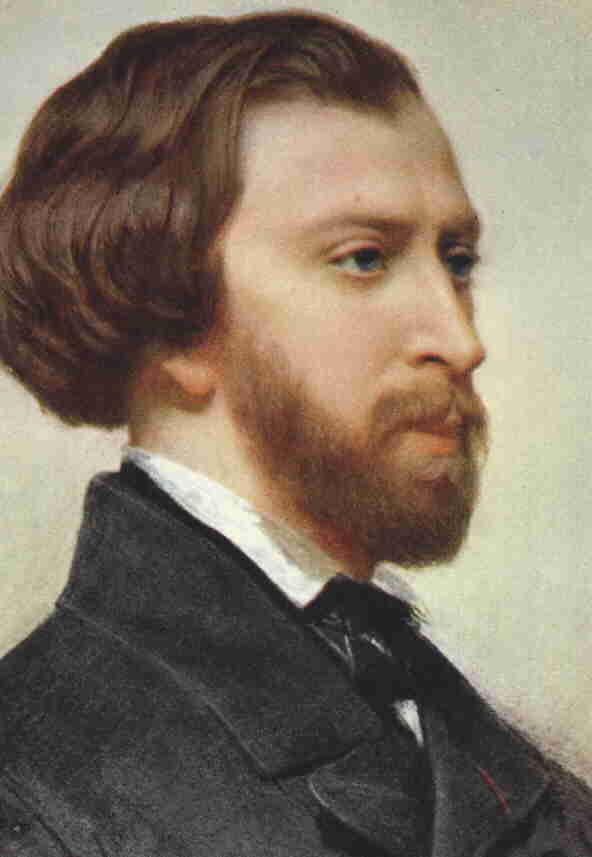
kata spodelon leimona (tuhkakentällä) väärin kuultuna kat´asphodelon deimona (soihtuliljaniityllä). Paskan marjat Steve, sanonko minne saat ton neronleimauxesi työntää. Me romantikot peukutetaan soihtuliljoja. Tai vähintäänkin narsisseja. Narsissihan on vähän kuin mun oma kukka, hehe.
